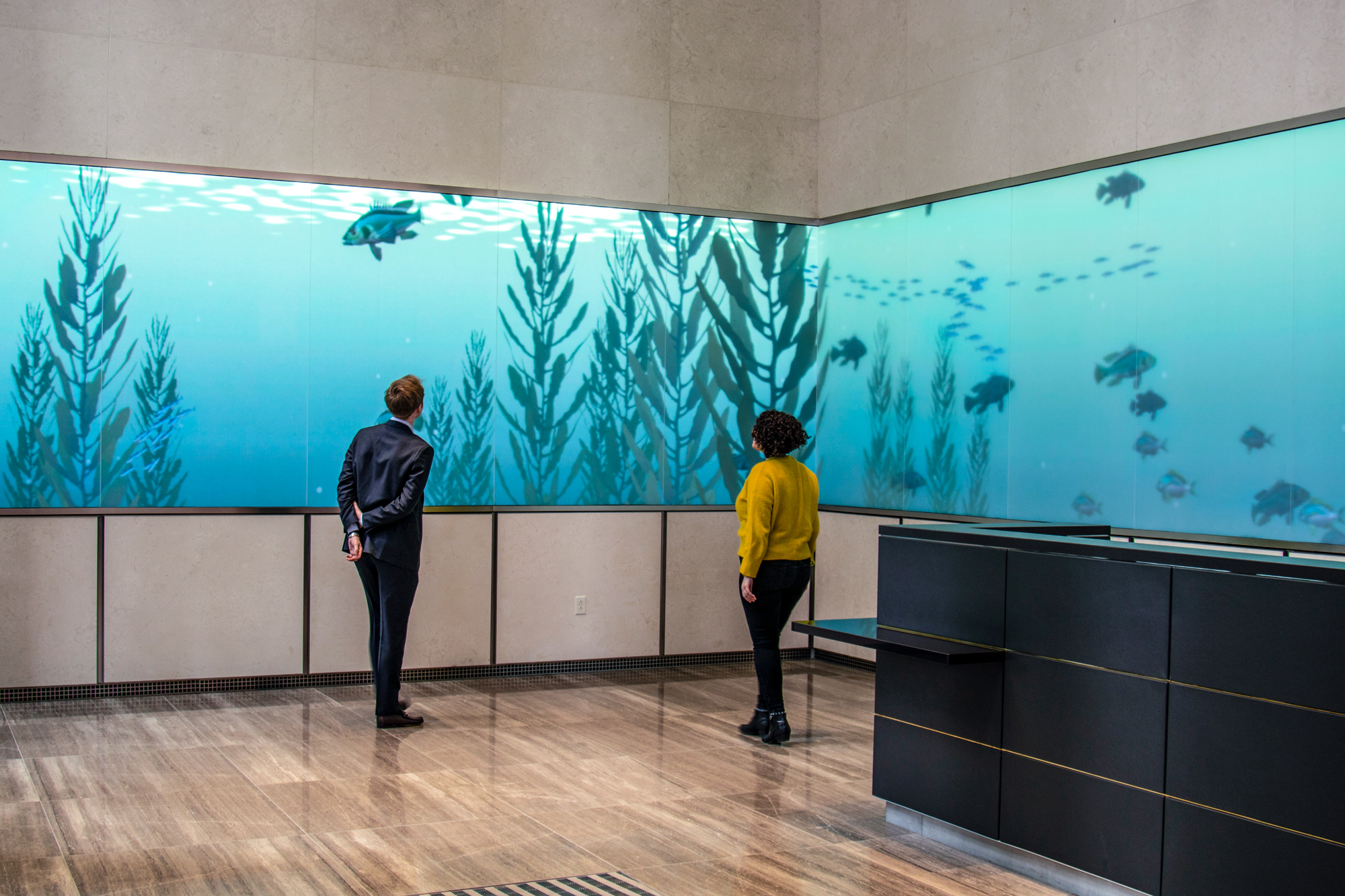Maximizing Visual Effect Via Tactical Content Scheduling in Light Emitting Diode Wall Execution
Wiki Article
Maximizing visual impact during light-emitting diode wall shows requires meticulous preparation plus tactical content timing. LED walls represent potent instruments in graphic narration, frequently utilized during musical events, events, and presentations. The effectiveness of these displays relies not only just upon the caliber of the images yet additionally on how and when they are shown. By comprehending the audience's attention span and the rhythm of the occasion, event planners can craft a more captivating encounter that enthralls spectators plus improves the total show.
One crucial element of tactical visual timing is scheduling. It is vital to synchronize the images to the beat and tempo of the performance. For instance, during a musical performance, visuals should complement the beat and atmosphere of the melody. This alignment aids to forge a unified encounter that pulls the viewers closer. Additionally, it is crucial to take into account the length of each image clip. Brief, impactful clips can maintain audience interest, while longer images may be appropriate for instances of contemplation or sentimental bonding. By varying the duration and vigor of the visuals, event planners can maintain the viewers interested during the performance.

Another important factor is the material in question. The images displayed on the light-emitting diode screen should be pertinent to the concept of the performance. This relevance aids to strengthen the narrative being communicated plus renders the experience more memorable for the audience. For example, if the performance find out this here is about environmental consciousness, using images that illustrate the environment and animals can enhance the message. Furthermore, incorporating dynamic elements, such as animations or interactive visuals, can introduce excitement and keep the audience's attention. The right content, presented at the appropriate moment, can significantly elevate the impact of the performance.
Viewer involvement is also a key factor in visual timing. Comprehending the characteristics and preferences of the audience can inform the selection of visuals. For example, a younger audience may react better to bright hues and quick motion graphics, while an mature crowd might value more nuanced and refined visuals. By tailoring the content to the viewers' preferences, event planners can craft a more tailored encounter that connects with spectators. Additionally, adding viewer involvement, such as real-time surveys or media engagements, can additionally improve involvement and make the show more engaging.
Finally, assessing the efficacy of the visual timing is crucial for upcoming shows. Collecting responses from the viewers can offer valuable insights into what was effective successfully and what could be improved. This information can help event planners improve their strategies and make informed decisions for upcoming events. By continuously evaluating and modifying the visual timing strategy, event planners can amplify the aesthetic effect of light-emitting diode screen shows plus create unforgettable experiences for their audiences.